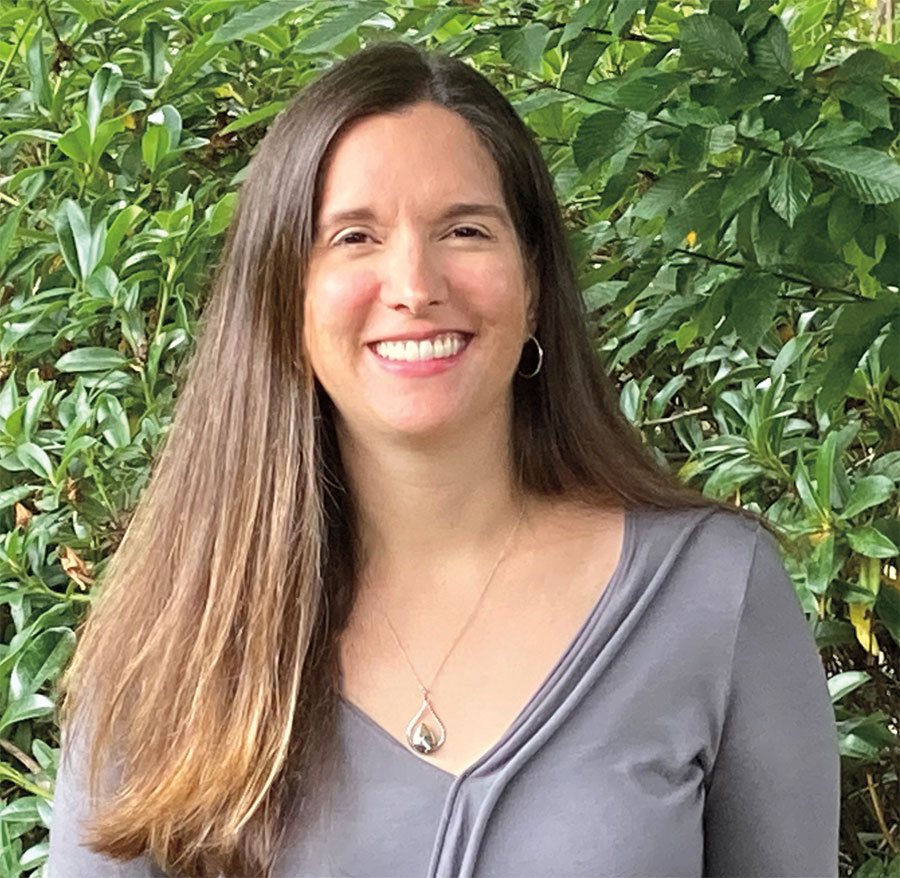“We think of adaptation not just from an ecological perspective but from a public-safety perspective,” she says. “It’s not just about managing the forests and reducing fuel for fires but educating communities and homeowners on how to prepare for this type of event.”

Halofsky, who majored in environmental studies, honed this big-climate-picture perspective over 12 years as a research ecologist at the Pacific Wildland Fire Science Lab. In that role, she distilled what could seem like overwhelming amounts of data on climate change into concrete action plans for more than 50 national forests and 30 western national parks, including Yellowstone and Yosemite.
“I see a lot of reasons for hope,” she says. “People are starting to think more about climate change and what they can do about it. It’s heartening to see things happening on the ground after all the work we have done in this area.”